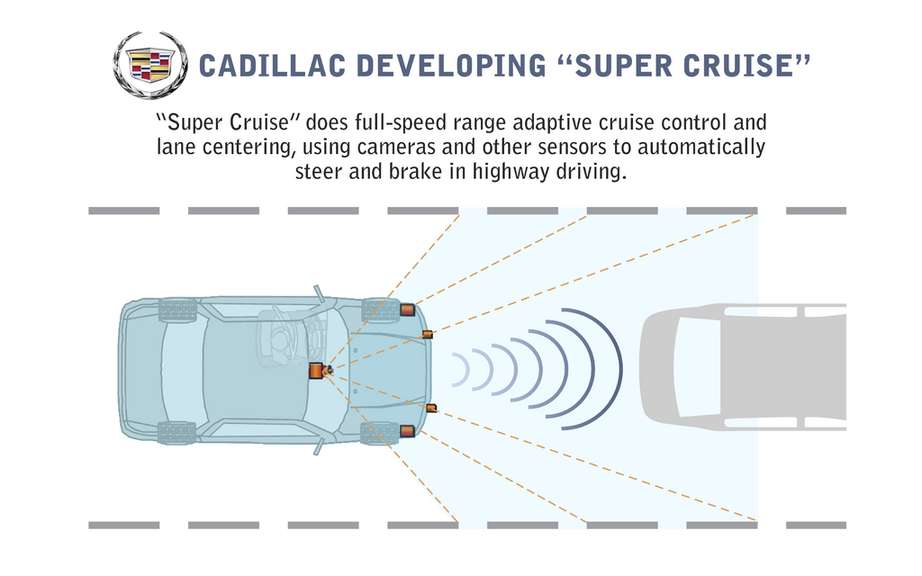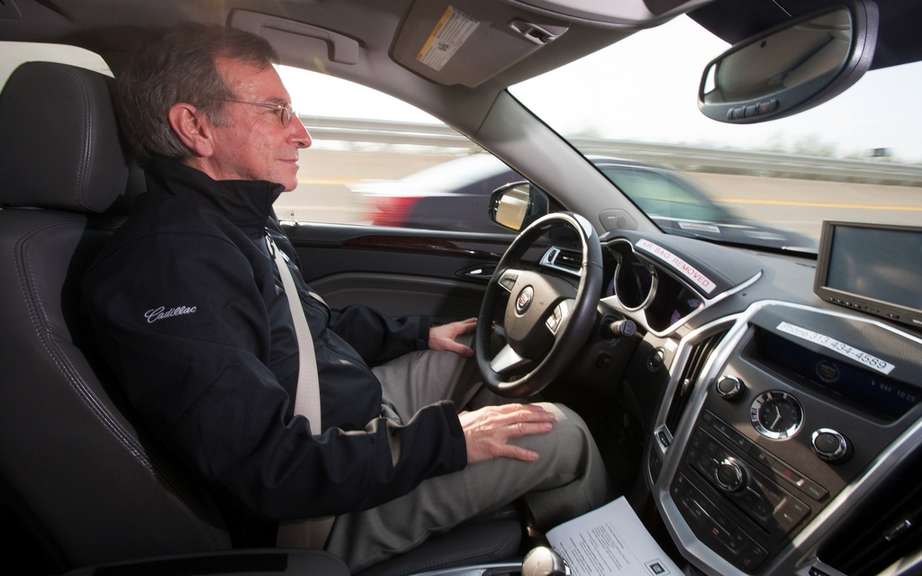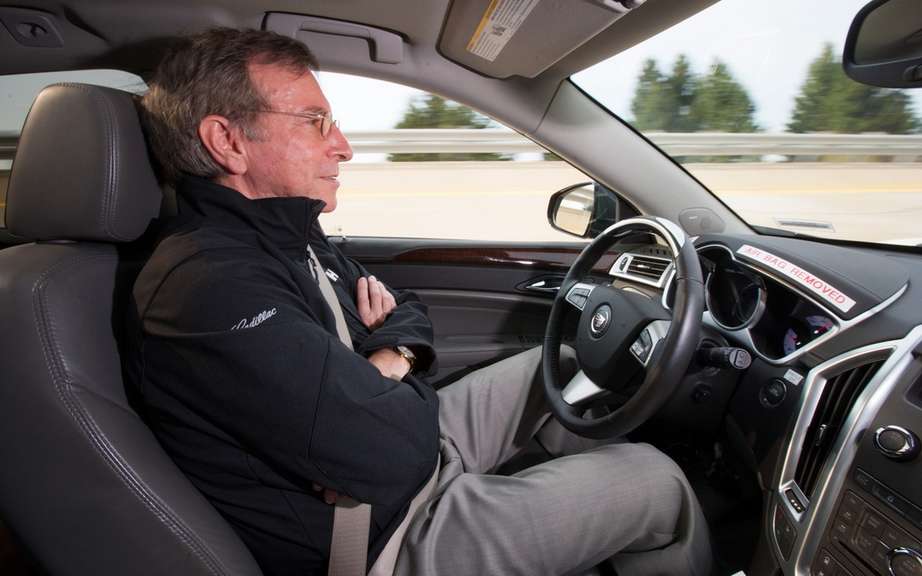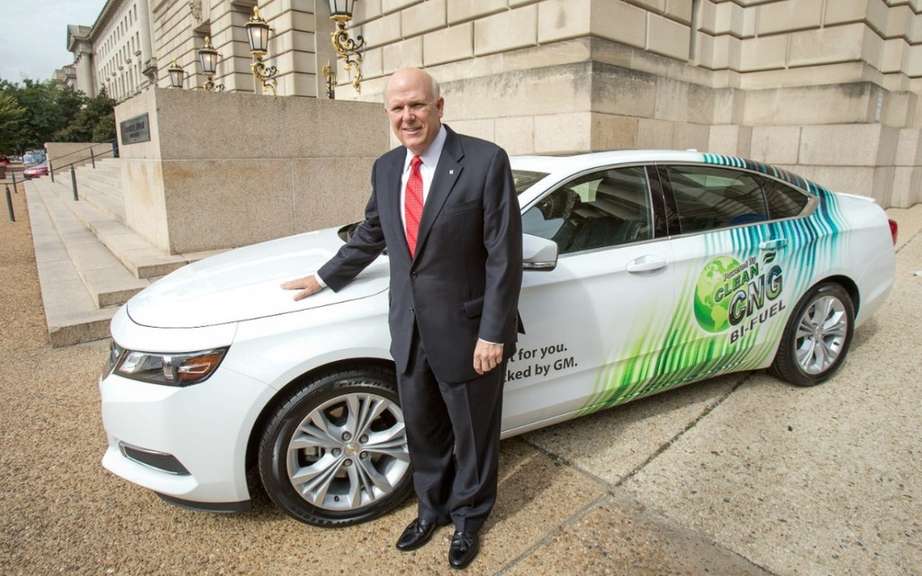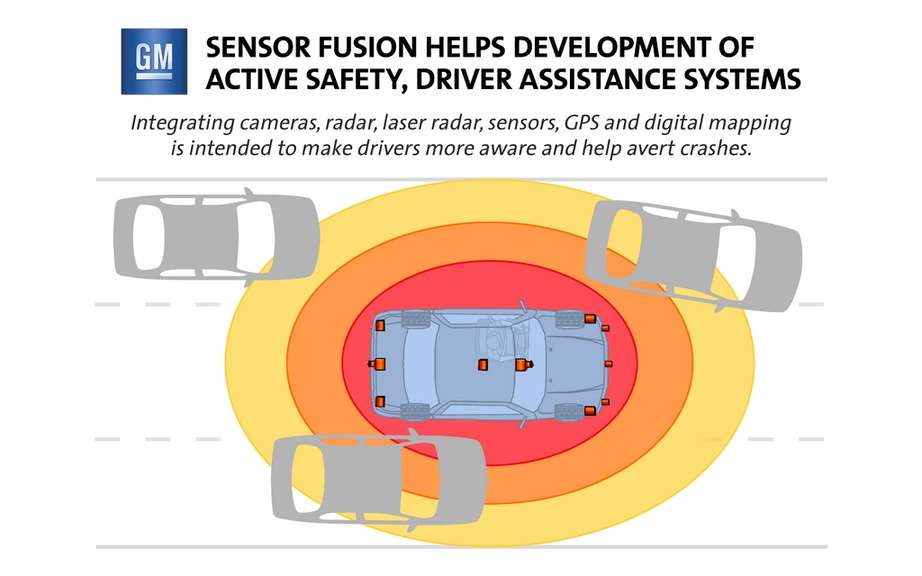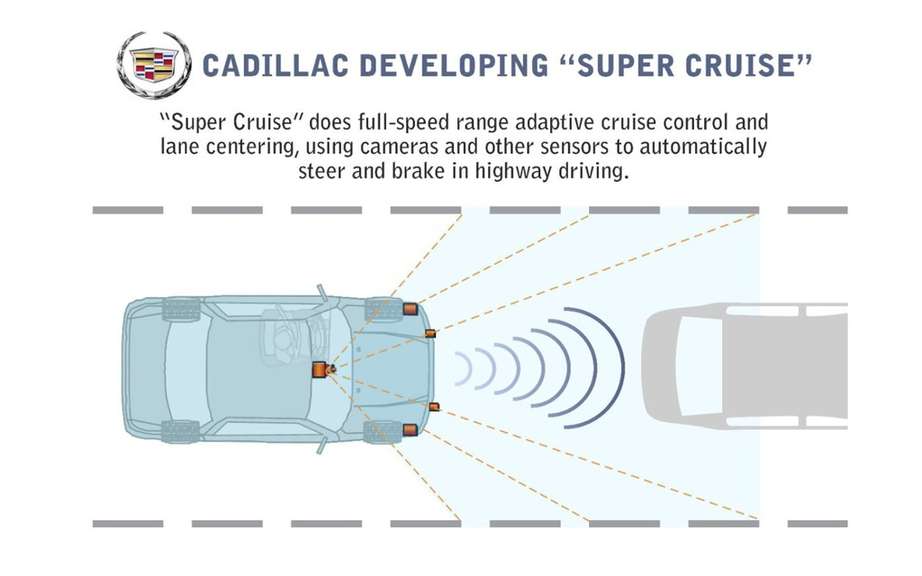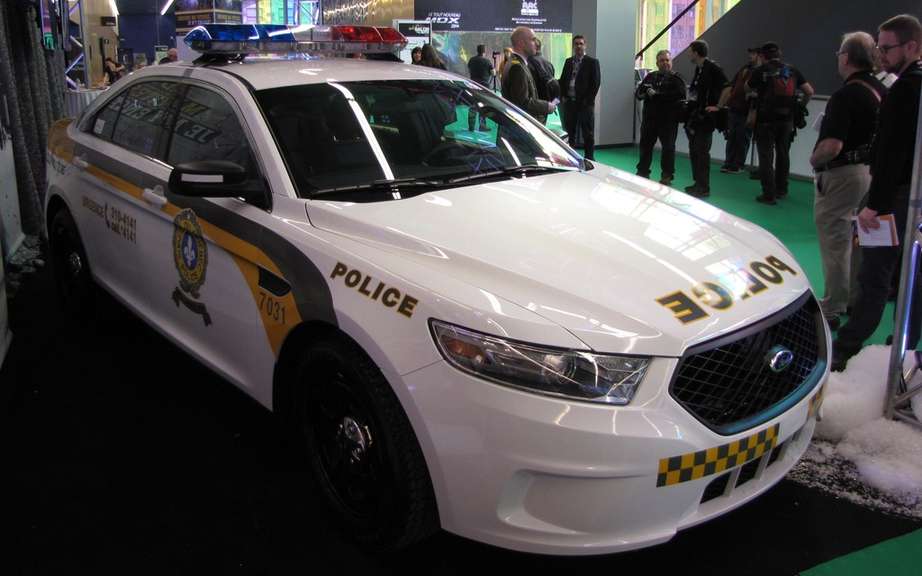A car driving automatic: the way of Cadillac
The "Super Cruise" technology could be developed within five years
Cadillac is currently conducting road tests technology semi-automatic driving called "Super Cruise" capable of fully automatic way of controlling the steering and brakes, and maintain the path of a vehicle on the highway in certain driving conditions optimal. The system could be developed to be produced within five years.
Super Cruise technology is designed to facilitate driving on the highway in heavy traffic and during long journeys thanks to the combined use of radar, ultrasonic sensors, cameras and data geolocation (GPS).
"The Super Cruise technology is on track to improve performance and driving pleasure, has said Don Butler, vice president of marketing for Cadillac. Our objective in the use of advanced technologies, like this and like our CUE system, is to become a leader in matters of intuitive driving. "
Many USED to enjoy the Super Cruise breakthrough technologies are already available in the all-new luxury sedan XTS and ATS 2013 Cadillac, and are part of the driving assistance group. It is the first system of Cadillac make use of a variety of sensors to provide a 360-degree detection of risk of collision and help functions to the advanced driving, including:
Automatic braking back
Adaptive cruise control has all the regimes
Intelligent Brake Assist
Alert frontal collision
Siege safety alert
System has an automatic collision preparation
Lane departure warning
Obstacle detection system on odds
Rear Cross Traffic Alert
System headlights adaptive forward
Rear view camera with dynamic guide lines
Head-up display
The main element to make a profit this capacity semi-automatic driving will integrate technology Keeping course before using cameras to detect road markings and geolocation data to detect curves and other features of the road, said John Capp, director of the global division of systems and electronic active safety innovations of General Motors.
Even when the semi-automatic driving will be available, the system will present an inherent operational limit of external factors such as weather conditions and visibility of road markings. In the absence of reliable data, the driver will take the wheel.
GM and its research partners have recently performed studies financed by the Federal Highway Administration on human factors in the operation of the technology semi-automatic driving. Some of the participants in this study expressed their strong interest in a vehicle whose conduct is fully automatic, especially for long trips, and would use the hold function of the trajectory and the adaptive cruise speed to alleviate the burden the driver.
"The main objective of the technology automatic and semi-automatic driving GM's safety, has said Mr. Capp. In the coming years, the automated driving systems, together with advanced security systems could contribute to reduce collisions by temporarily replacing the driver, often, often ignores the situations conducive to such incidents. More than ever, customers will have confidence in the ability of their vehicle. "
